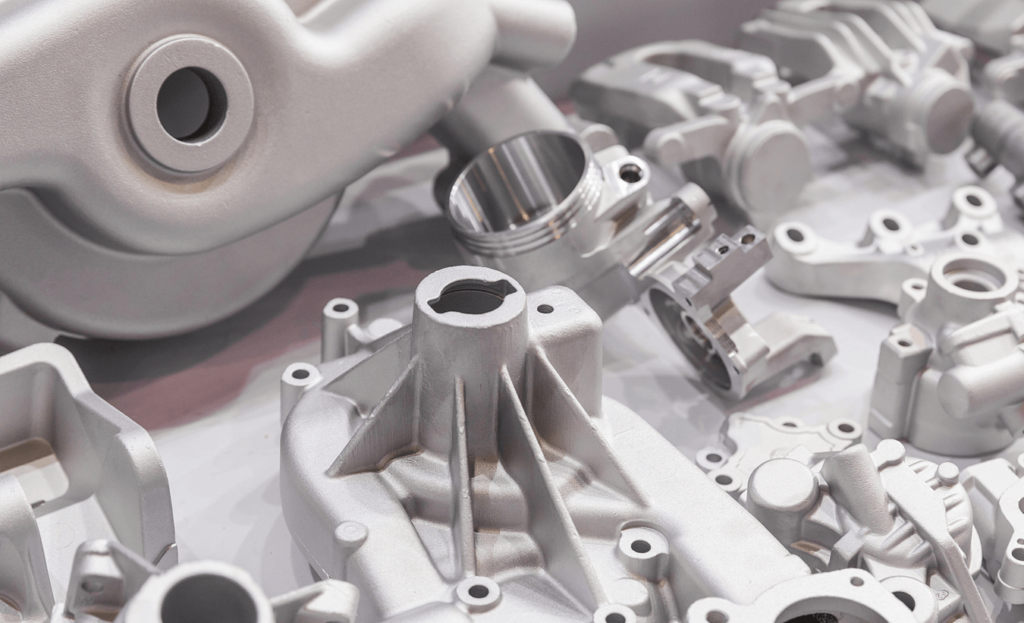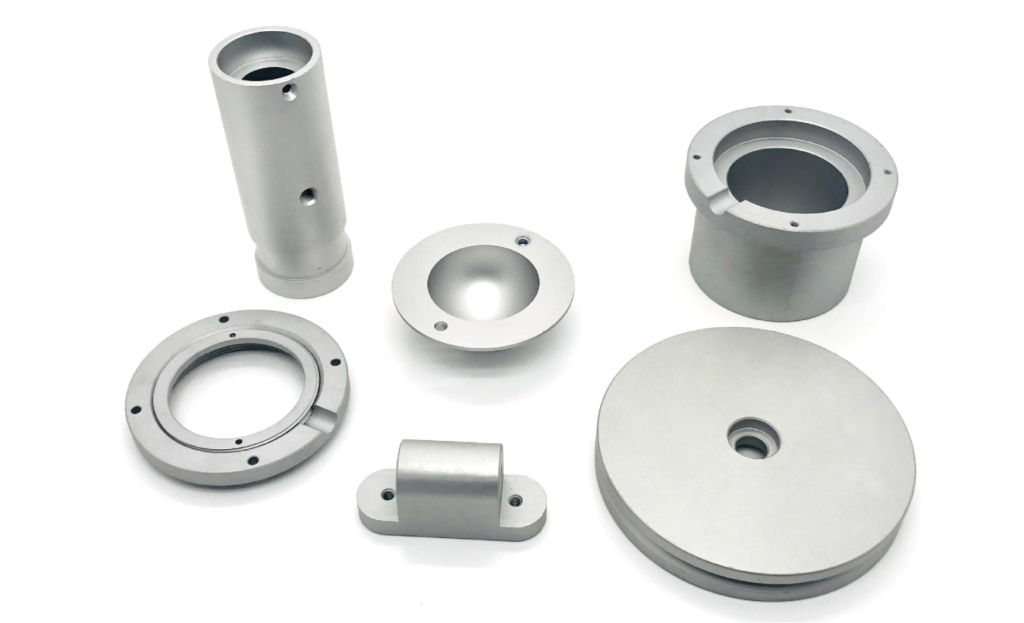The manufacturing process of CNC machining has evolved into an integral part of many industries. We receive a lot of orders for parts and tools that require a certain precision, which we can do with CNC machining. However, we have noticed that some companies have tried to reduce processing costs without much success. It simply requires that customers have a proper understanding of CNC processes and their factors and how they affect prices. Often, there are few design changes that are likely to have a significant impact on costs.
Here are some tips to reduce the cost of CNC manufacturing
Deep pockets
When a design has deep pockets, it means removing a lot of material. If not carefully considered, deep pockets can significantly increase costs. CNC machines need special tools to achieve the required depth. We recommend that the depth of the pocket design be limited to four times the length. Most CNC cutters have a limit that ideally works better at 2 to 3 times the tool diameter depth.
Interior Angle
Changes to the interior corner design can affect your CNC machining costs. Avoid designing parts with 90-degree sharp angles. This design usually requires the machine to stop and rotate the part in order to continue the process. The extra steps therefore increase processing time and lead to increased processing costs. Adjusting the design to accommodate rounded corners can significantly reduce costs. The machine runs smoothly as parts are created and lead times are shortened because there is no unnecessary downtime. In addition, make the inner radius at least one third of the cavity depth. A larger inner Angle is easier to cut with a larger tool. As opposed to a small radius that requires a smaller tool to make a corner.
Thread length CNC machining cost
Threads are used to form the fusion point of metal parts. However, a threaded connection 1.5 times longer than the diameter of the hole is less strong. In addition, threads longer than required require special tools to create, increasing processing costs. It is important to set the maximum thread length to three times the hole diameter. Note also that the threaded end is a blind hole with an additional threaded half diameter at the end of the hole.
Complex parts
Machining complex parts may involve using manual rotation, custom clamps, multi-axis CNC, or repositioning. All of these have to be paid. We recommend that you decompose parts into two or more geometric shapes that can be machined with a single setting. Disassembling parts for later assembly can reduce processing costs.
Wall thickness
Wall thickness affects machining speed. Due to the fragility of the thin walls, CNC processes are required to slow down. In general, thin walls are important for placing holes and threads near the edges. Therefore, they should strategically place thin walls. If your parts do not consider weight, we recommend that you design thick walls. Thick walls have lower processing costs and are more stable. The minimum thickness is 0.8 mm for metal parts and 1.5 mm for plastic parts.
Surface
Secondary finishes are important because they protect parts from elements and make them aesthetically pleasing. However, they can increase CNC machining costs, especially when multiple finishes are involved. In order to save money, we suggest choosing a finishing process for the whole piece. Use multiple finishes only when absolutely necessary.
Tight tolerances
Tight tolerances can affect costs by increasing machining time and adding elements of manual inspection. Both results have pushed up processing costs. There are situations where it is difficult to achieve strict tolerances on internal surfaces. For example, the edges of holes and cavities often develop burrs, which may prevent parts from working properly. Therefore, it requires an additional process called deburring to remove them. The process itself is manual, which wastes lead time and increases processing costs. It is important to reconsider any strict tolerances if necessary.
Number of parts
The quantity of parts ordered affects the unit price. For example, changing your order from one to 100 can reduce unit prices by more than 50%. This brings economies of scale as a powerful tool for reducing processing costs.
It is difficult to process parts with height, width and depth ratio. Unfortunately, this is a common feature with small features. Then parts are prone to vibration during processing, resulting in inaccuracy. This increases processing costs because it is difficult to process parts while maintaining accuracy. Therefore, parts with width to height ratio less than 4 were designed to reduce CNC processing costs. Also, consider adding bracing or wall bracing to increase the stiffness of the parts. Contact Aria Manufacturing now for your CNC machining services.



